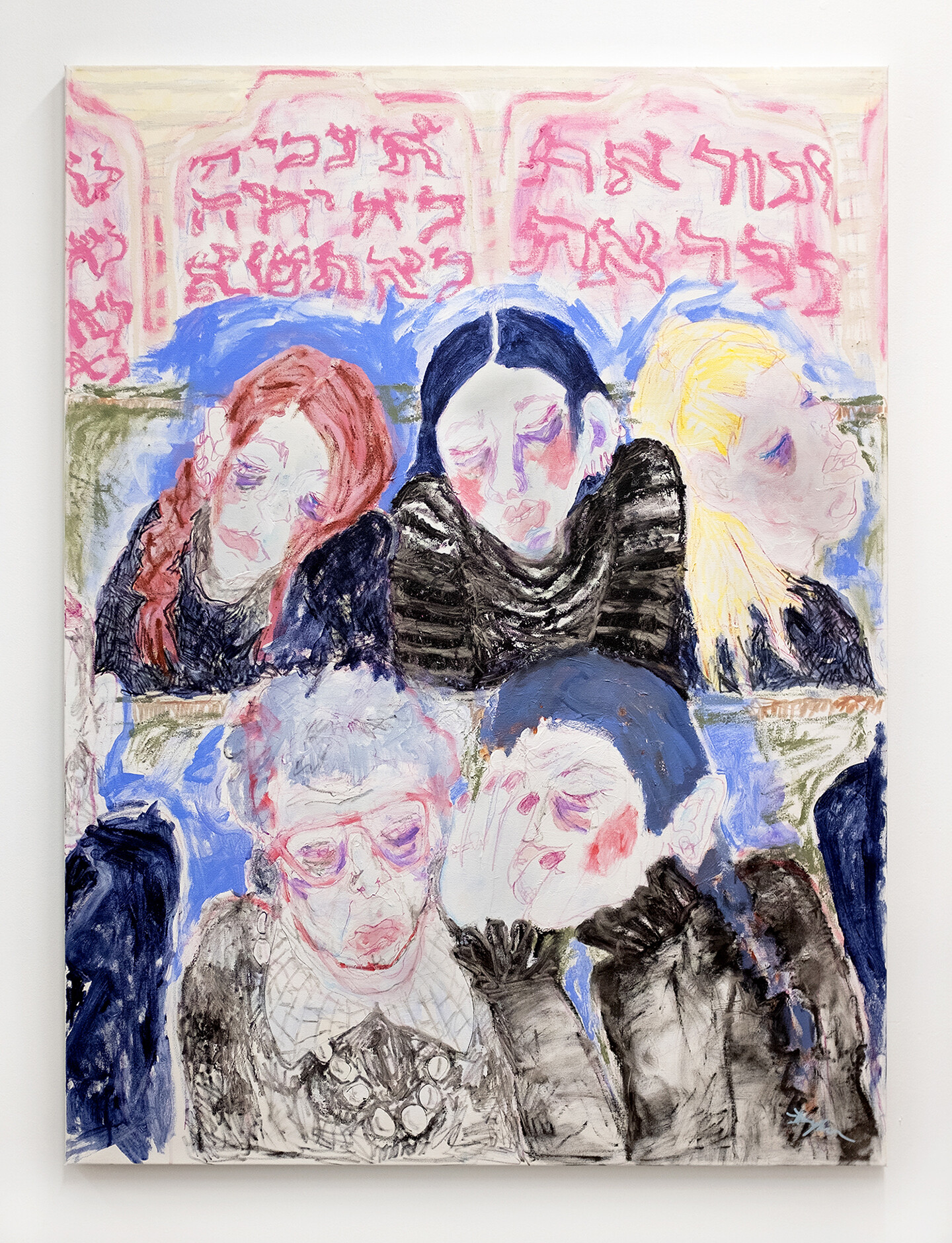To Create a Space for Experimentation: School of Visual Arts MFA Fine Arts
by Ann C. Collins
When the School of Visual Arts suspended in-person learning in March 2020 as cases of Covid-19 spiked in New York, provost Christopher Cyphers wrote to instructors who were migrating their courses to online platforms: “I recognize that we are asking you midway through the semester to rethink how you teach.” For the school’s MFA Fine Arts program, this was an understatement. The School of Visual Arts was founded on the idea of having professional artists instruct and advise emerging artists in a hands-on environment, and the MFA Fine Arts program has carried out this mission through one-on-one mentoring by a faculty of celebrated contemporary artists; studio visits from guest artists, curators, and critics; weekly guest lectures; peer critiques; and field trips around New York to artist’s studios, galleries, and museums. The simulacrum of this education on a computer screen, it seemed then, would be no match for gathering together in a physical space. MFA students make art, and while some mediums, like digital photography, single-channel video, or sound, lend themselves to online presentation and exhibition, the physicality of paintings, prints, and sculptures would have to be imagined. The nonverbal reactions of advisors and peers, the silent moments in which an artist can experience their work being seen, would be lost in a video conference. Concerns about how the department would function under pandemic restrictions, however, underscored what the program has sought to do: prepare artists for a lifetime of art-making within the context of an ever-changing art world.
In his 2009 essay “Education by Infection,” Boris Groys describes art programs as retreats from the world, safe spaces in which students are free to learn without the intrusion of everyday problems:
Paradoxically, the goal of this isolation is precisely to prepare students for life outside the school, for “real life.” Yet this paradox nonetheless is perhaps the most practical thing about contemporary art education. It is an education without rules. But so-called real life, where we are subject to an endless variety of improvisations, suggestions, confusions, and catastrophes, is also finally without any rules. Ultimately, teaching art means teaching life.
This quality of art education tracks with the evolution of contemporary art, as Groys writes: “Modern and contemporary art understands life as being ever changing, as a flow, as a process to which the individual should be permanently adjusted because this process is dangerous to anyone unprepared for change.” The move to online learning became the school’s only safe option to maintain continuity for the semester. Demonstrating a permanent adjustment to change, the transition enhanced a value intrinsic to the culture of the MFA Fine Arts program: a willingness to rethink how things are done in order to ensure that an artist continues to thrive, even in unpredicted circumstances, or in this case, a plague.
School Watch presents critical perspectives on art and academia. Featured profiles, surveys, and dialogues consider education in fine art, curating, and critical theory, as well as the ideas and conditions that influence practice.





